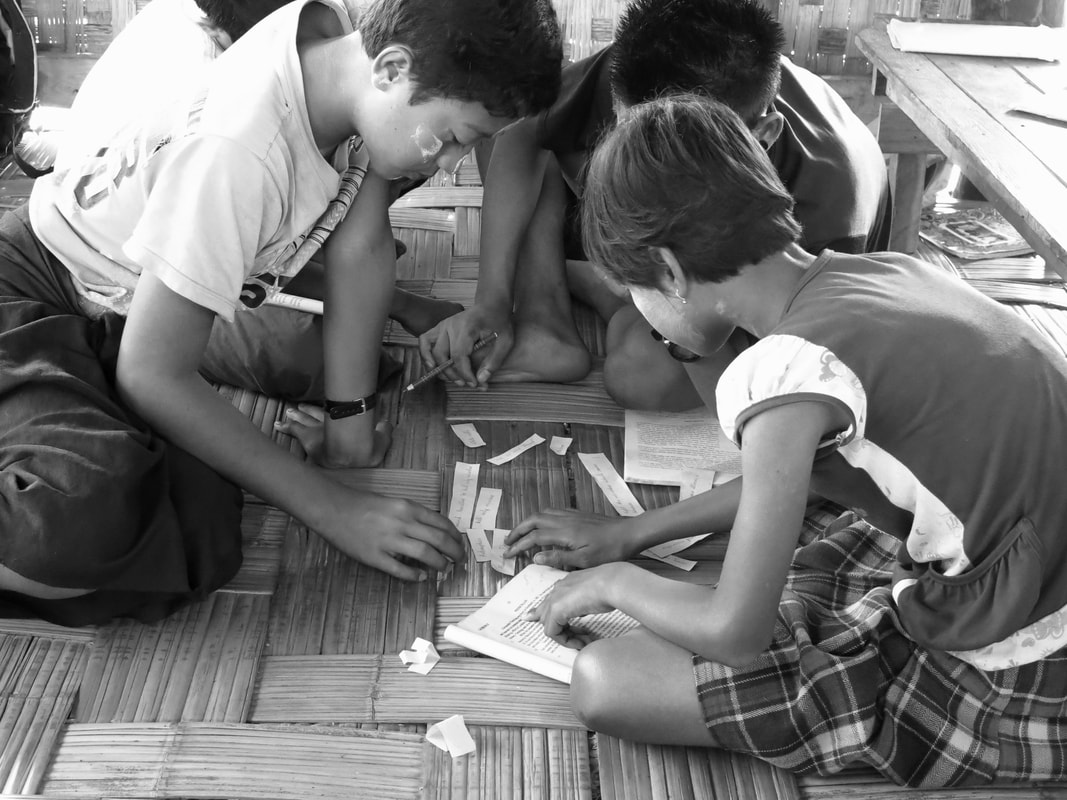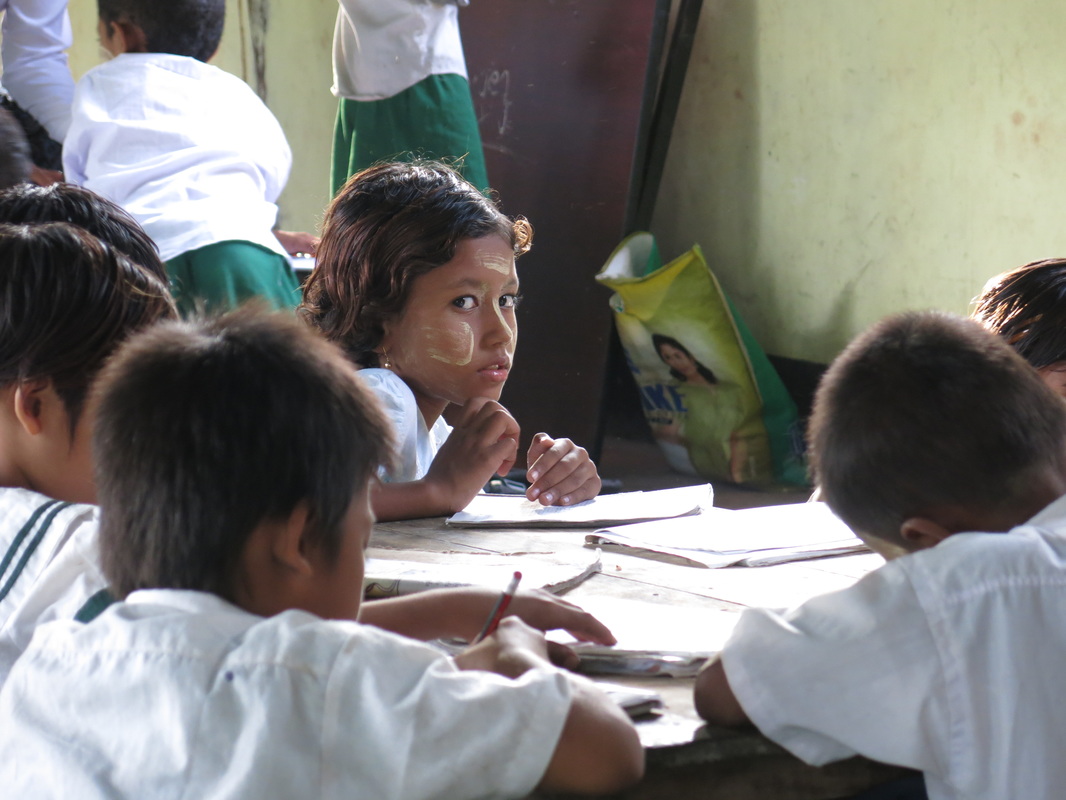
Modern parenting sometimes feels like a high-wire act—one hand clutching the dinner spoon, the other desperately prying a tablet from a child’s kung-fu grip. Screens slither into every pocket of family life, wooing kids with endless entertainment and often driving parents to ask: “How do I actually end screen addiction in my child?” The struggle is real, and it’s a challenge echoed by parents everywhere.
Indeed, parents often express feelings of guilt, believing they are “doing it all wrong” when it comes to managing their children’s screen exposure. This is a sentiment understood by experts like Jenny Radesky, a developmental behavioral pediatrician, who notes that parents are “exhausted with trying to set limits around tech products that have the opposite agenda: keeping kids’ attention for longer and longer.” But here’s the empowering news: you don’t need to retreat to a cabin in the woods to find solutions.
With a practical, actionable approach, akin to a reliable lifehacker’s guide, you can navigate this digital landscape. The goal isn’t to banish screens altogether but to achieve “greater balance,” as psychologist Jon Lasser advises. This article will equip you with effective strategies to manage your children’s screen time, fostering healthier habits and reclaiming moments for real-world connection and development. Let’s dive into some immediate, usable tips to empower you and your family.

1. **Improve Parent-Child Communication**One of the most foundational strategies for addressing problematic screen use is to enhance the communication channels between you and your child. Instead of immediately imposing restrictions, get curious about their motivations. Engage them in calm, open conversations about why they might be replacing other fun activities with screen time, or what draws them to their devices.
As Jon Lasser points out, “When parents remain calm and engage kids in conversation, they are more likely to foster the kind of relationship that serves as a foundation for change.” This approach transforms a potential confrontation into an opportunity for understanding. For instance, you might gently ask, “You used to play outside with your friends, but I haven’t seen you do that in a while. Is that something you miss?” Such questions can open doors to meaningful dialogue.
Discovering why your child goes online can often uncover deeper offline struggles. Are they using social media or video games as an escape from stress? Do they feel less lonely when interacting in online communities? By understanding these underlying needs, parents can help them “find other ways of coping, finding connections and feeling a stronger sense of self and purpose,” as explained by Jenny Radesky. Moreover, simply talking about what kids are doing online has been shown to reduce negative effects from screen use, allowing you to cultivate your relationship while guiding them toward healthier media consumption.
Read more about: Beyond the Theme Song: Unpacking the Universal Journey Through the Ages and Stages of Your Childhood

2. **Encourage Other Activities**A highly effective method to reduce screen reliance is to fill your child’s time with engaging, in-person alternatives. When kids are busy with other fun and stimulating activities, they naturally forget about their screens, even if only for a while. The key is to offer options that are incompatible with device use, particularly those requiring both hands.
As Lasser suggests, “Engage kids in in-person activities incompatible with screen time that require the use of both hands, so devices are not part of the engagement.” This ensures their full attention is directed elsewhere. The context provides a wonderful array of suggestions that are both simple and impactful: swimming, building with Legos, cooking together, enjoying outdoor time in nature, and various forms of physical movement.
Even short bursts of activity can make a significant difference. Media psychologist Jerri Lynn Hogg advises that “Even a five-minute dance party or a short walk can reset the mind and body.” These activities not only distract from screens but also promote creativity, physical health, and social interaction, enriching your child’s life in ways digital entertainment cannot.
Read more about: Reclaiming Your Attention: A Practical Guide to Breaking Free from the Endless Scroll of Social Media

3. **Reducing Screens Gradually**When attempting to modify screen time habits, a sudden, drastic change can often backfire, leading to significant arguments and power struggles within the family. Going “cold turkey” can be a recipe for rebellion, as children, like adults, need time and a gentler transition to adjust to new routines and expectations. The human brain, after all, adapts better to incremental shifts.
Hogg wisely recommends, “Reduce screen time slowly rather than abruptly, replacing it with engaging alternatives.” This gradual approach minimizes resistance and allows children to process the changes more effectively. Instead of a complete ban, consider shortening screen sessions by a small, manageable increment each day or week, gradually decreasing the total time allowed.
Coupling this gradual reduction with the introduction of appealing alternative activities creates a positive feedback loop. As screen time decreases, the appeal and engagement with these new, real-world experiences can increase, making the transition smoother and more sustainable. This thoughtful, step-by-step method respects your child’s processing time and fosters cooperation rather than resentment.
Read more about: Unlock Your Best Rest: Oprah Winfrey and Expert Secrets for a Full Night’s Sleep

4. **Expect Some Resistance**It’s crucial for parents to anticipate that any changes to screen use, especially reductions, will likely be met with some level of resistance from children. Screen withdrawal might, as the context humorously puts it, “unleash the Kraken.” Tantrums, whining, and even Oscar-worthy sulking are common reactions as kids process these new limits and habits.
Dr. John Hutton emphasizes, “It takes a while to break those habits. There are going to be a few days of angst you’ll have to work through.” This period of emotional upheaval is normal and not a sign of parenting failure. It indicates that your child’s brain is rebooting, adapting to less immediate digital gratification and learning to find alternative ways to cope with boredom or frustration.
During these challenging moments, consistency is your secret weapon. Stay calm, stick to the plan you’ve established, and empathize with your child’s feelings without caving in. A simple, firm statement like, “I know you’re upset because you want to play, but now it’s time for tea,” acknowledges their emotion while reinforcing the boundary. This steadfast approach teaches children resilience and helps them develop emotional self-regulation.
Read more about: DIY Enthusiast’s Guide: 14 Woodworking Mistakes That Lead to Quick Project Failures in 2025

5. **Collaborating with Your Kids to Set Screen Limits**Empowering children by involving them in the creation of family screen rules can dramatically increase their willingness to abide by those rules. When kids have a voice and feel that their input is valued, they develop a sense of ownership over the guidelines, transforming abstract rules into a shared commitment. This collaborative approach fosters responsibility and mutual respect.
Lasser advises, “Be willing to compromise and show flexibility to model those qualities for your kids.” This doesn’t mean letting them dictate terms, but rather engaging them in a discussion where their perspectives are heard and considered. The American Academy of Pediatrics offers a Family Media Plan tool precisely for this purpose, helping families set realistic and agreed-upon limits.
Crucially, this collaborative spirit extends to parents as well. If the rule is “no screens at mealtime,” then parents must put away their phones too. Modeling healthy screen habits demonstrates credibility and shows children that these rules apply to everyone in the family, reinforcing the idea that this is “just how our family rolls.” This consistency and shared commitment solidify the effectiveness of the tech plan.
Read more about: Beyond the Boardroom: 14 Unconventional Rules Billionaires Set for Their Children

6. **Scheduling Tech-Free Times or Places**Establishing clear boundaries around when and where screens can be used is an incredibly effective strategy for managing problematic digital media use. Designating specific hours or physical spaces as screen-free zones helps to reset habits and create intentional opportunities for family connection and other activities. This structured approach helps children learn self-regulation and reduces constant negotiations.
Mealtimes, homework periods, and the hour before bedtime are prime opportunities for tech-free zones. Dr. Hutton strongly recommends “keeping screens out of kids’ bedrooms, where use is harder to monitor and could interfere with sleep.” Multiple studies, including one from the Sleep Foundation, link screens before bed to poor sleep, making the bedroom a critical screen-free sanctuary.
Beyond specific locations, consider implementing daily tech-free hours, such as a full evening without devices, or even a “screen-free Sunday.” Even just a couple of screen-free hours can profoundly help reset habits and improve family dynamics. These designated times and places teach children that screens are just one part of life, not its entirety, promoting balance and real-world engagement.

7. **Prioritizing Basic Needs**A holistic approach to managing screen use recognizes that a child’s overall well-being profoundly impacts their reliance on digital devices. Ensuring that your child consistently receives enough sleep, nutritious food, regular exercise, and adequate hydration forms a crucial foundation for reducing screen dependency. When these fundamental needs are met, children are naturally less likely to seek constant digital stimulation.
As Hogg eloquently states, “Research shows a balanced routine, including movement, rest and social interaction, supports mental health and can naturally reduce reliance on screens.” A well-rested child with a full stomach and sufficient physical activity is generally more content, less irritable, and more open to engaging in non-screen activities. Conversely, a child who is overtired, hungry, or lacking physical outlets might be more prone to using screens as a crutch for self-regulation or entertainment.
Focusing on these basic needs helps cultivate a robust physical and mental state that makes children less susceptible to the compelling allure of screens. By building a consistent daily routine that prioritizes these essentials, parents are not only supporting their child’s overall health but also indirectly—yet powerfully—managing their digital media consumption. It’s about creating an environment where healthy choices are the natural outcome.
Moving beyond immediate management, a truly effective strategy for navigating our screen-saturated world involves a proactive stance: preventing problematic digital media use before it even takes root. These next strategies focus on cultivating healthy habits from an early age, equipping both parents and children with the tools to build a balanced relationship with technology right from the start.
Read more about: Taylor Swift’s $97 Million Cat: Unpacking the Lavish Lives of Celebrity Pets

8. **Treating Underlying Challenges**Sometimes, a child’s intense reliance on screens isn’t the core issue but rather a visible symptom of deeper, underlying emotional or developmental struggles. If your child is exhibiting persistent signs of anxiety, depression, or attention-deficit/hyperactivity disorder (ADHD), their screen use might be an attempt to cope or self-regulate, even if inadvertently harmful in the long run. Recognizing this connection is a crucial step towards effective intervention.
Should you observe that your child seems withdrawn, increasingly anxious, or unusually obsessed with screens to the point where real-life activities no longer hold interest, it’s time to consider professional guidance. A pediatrician or a child psychologist can help unravel what’s truly going on beneath the surface of their screen habits. These experts are equipped to diagnose and address any underlying mental health or developmental issues.
Seeking professional support isn’t a sign of parental failure; rather, it’s an empowering act of strength and care. Many families find significant relief and clarity after consulting a child behavior expert or a digital wellness coach, particularly when other mental health challenges are at play. Addressing these foundational issues directly can often lead to a natural and lasting reduction in problematic screen engagement, creating a healthier emotional landscape for your child.
Read more about: Debunking the Stigma: Unveiling the Truth Behind 13 Pervasive Mental Health Myths

9. **Never Give Screens to Babies and Toddlers**When it comes to the very youngest members of our families, the guidance is clear and consistent: hold off on screens as long as possible. For infants under 18 months, experts recommend no screen time at all, with only a slight allowance for children aged 18 to 24 months for educational content, and even then, only with active parental co-viewing. This isn’t about being overly strict, but about respecting critical brain development phases.
The developing brain of a baby or toddler simply doesn’t benefit from screen exposure in the same way it learns from real-world interactions. As Dr. John Hutton, a pediatrician and researcher, points out, if language is presented through a screen, young children “just don’t get it and don’t learn much compared to a real-life human speaker.” The rich, dynamic, and multi-sensory experience of human interaction is irreplaceable for early cognitive and social development.
While video chats with distant loved ones like grandparents are an acceptable exception, the general rule is to avoid screens. Prioritize direct engagement, tactile play, and verbal communication during these formative years. By consciously delaying screen introduction, you empower your child’s brain to build strong foundations for learning, language, and emotional regulation through the most natural and effective means possible.
Read more about: Signal Lost? Expert Tips and Apps for Seamless Offline Navigation on Your Next Road Trip

10. **Use Slower-Moving and Longer-Form Content**As children grow and screens inevitably become part of their environment, the *type* of content they consume becomes paramount. For preschoolers, and even older children, choosing high-quality, slower-moving, and longer-form content is far more beneficial than the rapid-fire, short videos prevalent on many platforms. This approach cultivates deeper engagement and cognitive processing.
Dr. Hutton suggests that 30-minute episodes of prosocial shows with positive messages, such as “Sesame Street” or PBS Kids, are ideal for preschoolers. He further notes that as kids get older, “watching a whole movie is better than watching a bunch of short videos in terms of that addictive effect.” Longer narratives provide the ability to immerse in a story, relate to characters, and develop sustained attention, unlike the instant gratification of short clips designed to maximize retention.
When selecting content, look for shows that spark curiosity, promote positive social behavior, or offer educational value. Examples include science shows like National Geographic, or thoughtful series such as Black-ish or The Good Place. Crucially, make it a point to watch with them and engage in discussions afterward. Ask open-ended questions like, “What do you think will happen next?” or “How would you feel if that happened to you?” This co-viewing and critical thinking practice transforms passive consumption into an active learning experience.

11. **Don’t Use Screens to Calm Your Child**It’s an undeniable truth for many parents: screens are incredibly effective at swiftly calming a child down, especially during a meltdown or a moment of intense frustration. The instant distraction and sensory engagement they provide can feel like a magic wand in a stressful situation. However, this immediate relief comes at a significant cost to your child’s long-term emotional development.
Relying on screens as a primary pacifier prevents children from developing essential emotional self-regulation skills. As Dr. Hutton explains, “It’s so tempting to hand the device over because screens are very effective at calming kids down, but it gets in the way of developing the ability to calm themselves down.” When a device is consistently the go-to solution for distress, children miss opportunities to learn how to identify, process, and manage their emotions independently.
Instead of reaching for the tablet, try alternative calming techniques: a comforting hug, a quiet conversation, a designated ‘calm-down corner’ with sensory toys, or a brief walk outdoors. While these methods may initially take more effort and patience, they empower your child to build an internal toolkit for coping with big feelings. This foundational skill is invaluable, far outweighing the momentary peace a screen might offer.
Read more about: Celebrity Home Secrets Unlocked: 8 Unexpected Decorating Choices of A-List Stars That’ll Make You Say ‘OMG!’

12. **Model Healthy Screen Habits**As parents, we are our children’s first and most influential teachers. This truth extends powerfully to our own relationship with technology. If we expect our children to follow screen rules, yet they constantly see us glued to our phones, scrolling during family time, or texting while driving, our credibility — and the rules themselves — can quickly lose their impact. Kids are incredibly perceptive, and they notice inconsistencies.
The key to this strategy is genuine engagement and transparency. Show your children what unplugged fun looks like by actively participating in non-screen activities: read a book, pursue a hobby, doodle, or simply chat with them without distraction. If you absolutely need to use your phone, narrate your actions: “I’m quickly checking this important message for work, and then my phone goes away again.” This simple act demonstrates mindfulness and boundaries.
Dr. Hutton advises, “When parents are with the child at the park and they get their phone out, kids pay attention and then tend to be more distracted, too. Try to focus on the moment and be more mindful.” By consciously modeling healthy screen habits, you reinforce the message that screens are tools to be used intentionally, not constant companions. This shared commitment to balance makes your family tech plan a collective effort, not a one-sided mandate.
Read more about: Jamie Oliver’s Culinary Journey: From ‘Naked Chef’ Stardom to Restaurant Empire Rollercoaster

13. **Know What Media Your Kids Are Consuming**In the vast and ever-changing digital landscape, simply limiting screen *time* is often not enough. It’s equally, if not more, important to understand the *content* your children are engaging with. Unmonitored access can expose kids to media designed to be highly addictive, age-inappropriate, or even harmful, making it crucial for parents to stay informed and involved.
Take an active role in understanding the specific games, social media platforms, and videos your children are drawn to. Be aware of problematic elements like video games with “loot boxes” or designs explicitly engineered to be habit-forming. Pay attention to social media platforms that intensely focus on appearance, or content that is not age-appropriate. Set parental controls on devices—phones, tablets, laptops, and TVs—as a protective measure, but remember these are supplements, not substitutes, for conversation.
As Dr. Dolgoff, a pediatrician and author, emphasizes, “You want to know what your kids are doing on their screens, and you want to know how long they’re doing it for.” Use this knowledge as a springboard for ongoing discussions with your child. Talk openly about the media they consume, helping them develop critical thinking skills and guiding them toward choices that genuinely enrich their lives rather than just consuming their time and attention.
Read more about: A Sentimental Feast: Revisiting 14 Beloved Childhood Lunchbox Favorites That Vanished From Our Memories

14. **Sharing Examples of Your Screen Activities**Beyond simply modeling healthy screen habits, there’s immense power in verbalizing your own digital choices and even your struggles. By openly discussing your relationship with screens, you demystify technology, make it a normal part of life, and provide your children with relatable, real-world examples of self-regulation and intentional use. This transparency builds trust and offers valuable lessons.
Jon Lasser suggests that it’s perfectly acceptable for parents to “share aloud your own struggles with screens, for example, ‘I really feel the urge to look at my work emails now, but I’d rather spend time playing with you.’” This kind of authentic commentary teaches children that even adults face temptations and make conscious choices to prioritize real-life connections over digital demands. It normalizes the effort required to manage screen use effectively.
Explaining why you choose certain apps, how you manage notifications, or why you put your phone away during dinner demonstrates practical strategies for healthy digital citizenship. It shows that managing technology is an ongoing process for everyone, not just a set of rules imposed on children. Through these shared experiences and honest conversations, you empower your kids to develop their own balanced and mindful approach to the screen-obsessed world, equipping them with tools that will serve them far beyond childhood.
Read more about: 14 Wild Ways Cycling Is More Than Just a Ride (Plus, How You Can Join the Fun!)
Raising kids in a world constantly buzzing with screens is undeniably a journey filled with unique challenges and triumphs. It demands patience, consistency, and a willingness to adapt, but it’s far from an impossible mission. The true victory isn’t about eradicating screens, but about cultivating an environment where real-world wonder, connection, and creativity flourish alongside responsible digital engagement. By embracing these actionable strategies, you’re not just limiting screen time; you’re expanding possibilities, fostering resilience, and guiding your children toward a life rich with meaningful experiences both on and off the screen. May your family’s days be filled with more laughter, more exploration, and more genuine human connection than any algorithm could ever measure.



